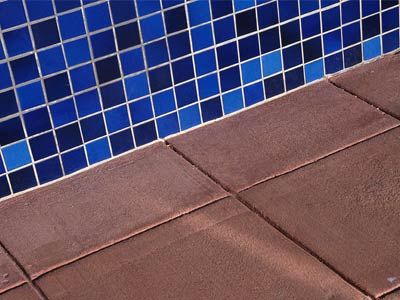If you're pulling the buckets out every time it starts to rain, you should probably consider re-doing your roof. Installing a roof can be a job for professionals, but if you're looking for a new challenge or a way to save some money, perhaps you'd like to try installing the roof yourself.
Advertisement
Here are several steps to help you install fiberglass shingles correctly, whether you're putting up a brand new roof, or re-shingling the existing structure:
- Make sure you're starting on a level surface. This means you need to make sure the structure of your roof is level. It doesn't need to be perfect but the difference in depth between the supports should never be greater than a quarter inch (a few millimeters) [source: Hayes].
- Your roof will need proper ventilation. Originally, roof vents were used to cut cooling costs and manage excess moisture, but it's now believed that the cooling effect can help lengthen the life of your shingles [source: Hayes].
- Many building materials, like wood, are affected by the weather, which can make the material contract. Therefore, it's important to secure the roof panels with about an eighth of an inch (4 mm) of space between them. This will allow for the materials to contract and react to weather without having to bend or buckle [source: Hayes].
- To protect your sheathing, lay felt down over it. Starting at the lowest edge of your roof, roll the felt along the edge, stapling it down. When you've gone all the way along the surface, start laying a new row directly above the old one, allowing each row to overlap a few inches (almost 10 cm). This will give an added measure of waterproofing [source: Do It Yourself].
Different shingles call for different installations methods, but the manufacturer should provide you with detailed directions and guidelines to aid you in your task. In general, you will begin at the bottom by placing a sheet of shingles so they hang over the edge of your roof. Staple the sheet down until you get about three quarters of the way across the sheet. Leave the far end loose so you can slide the next sheet underneath before securing it in place. Place small globs of wind tab, or roofing cement, to the top of each shingle. The sun will melt the cement and stick the bottom of one shingle to the shingle that is overlapping it. After laying shingles from the bottom up, you may need to finish the job with ridge shingles to cover your edges and peaks [source: Hayes].
Again, once you have your specific shingles picked out, be sure to check out the directions provided. They will be more specific. If this process sounds a bit overwhelming, it may be best to hire a professional to ensure quality work.
For more home repair and home improvement articles, check out the links on the next page.
Advertisement


